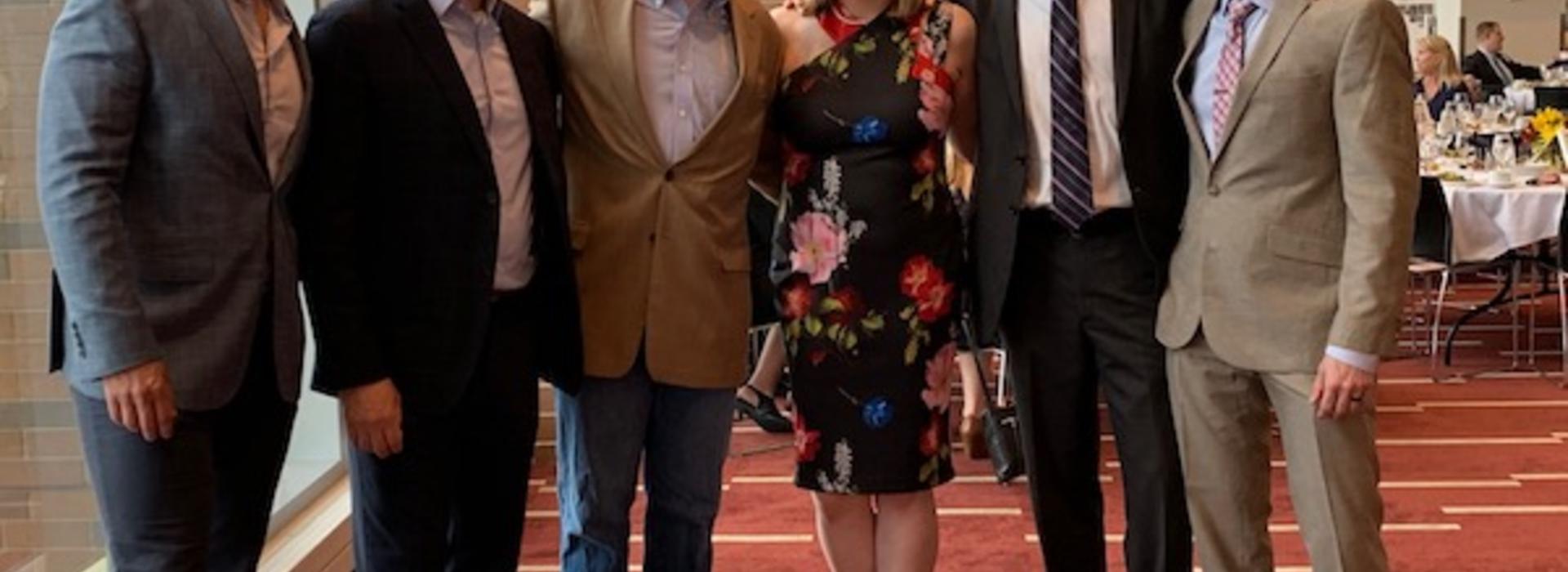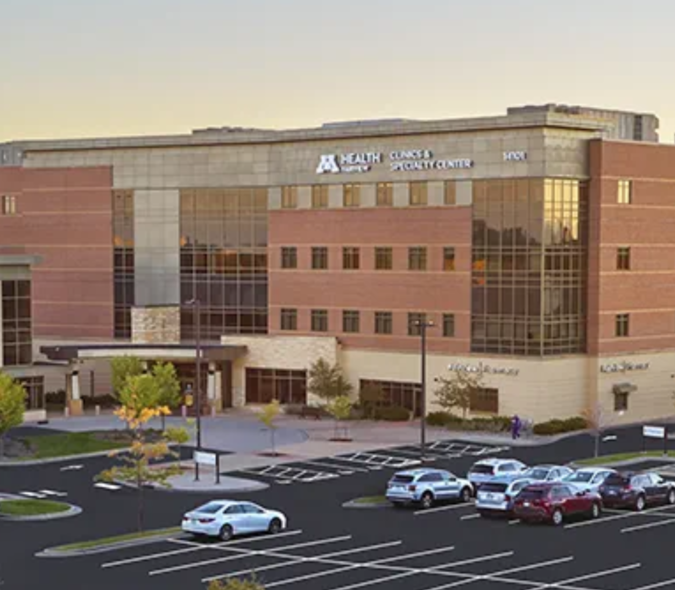
Time on the Slopes Leads Kris Kimber, MD, to a Life of Orthopedic Care
For Kristofer Kimber, MD, it took some time providing care to injured skiers on the mountains of Colorado and California to realize that a career in the medical field might be a good fit for him. Nevertheless, he admits his path was a little nontraditional. While Kimber grew up in the Twin Cities, he attended Colorado College, originally pursuing an economics degree.
“I didn’t really like my accounting class and found it quite dry,” he joked. “I ended up majoring in biology because I liked human anatomy and found it more stimulating.”
After graduating with a degree in biology, he worked as a ski patroller for two years in Mammoth, CA, and Beaver Creek, CO.
“When I worked as a ski patroller, I realized that I enjoyed taking care of people who had accidents more than I enjoyed the skiing, so I decided I should do something medical,” recalls Kimber. “That’s how I ended up in medical school.”
Naturally, his experience on the slopes and interest in sports and anatomy drew him to a specialization in orthopedics. Now, 20 years later, Kimber says it was the right choice. After attending the University of Minnesota Medical School, Kimber was accepted into the Department of Orthopedic Surgery Residency Program, which he graduated from in 2009.
After residency, Kimber completed a sports medicine fellowship in Mississippi and New Orleans. Now, he is located in Sioux Falls, SD, his wife’s hometown. He practices at Sanford Health, a large rural healthcare organization based in South Dakota, whose footprint has expanded to cover parts of North Dakota, Montana, and western Minnesota.
Sanford Health recently partnered with the University of North Dakota to create the state’s first orthopedic surgery residency program, which is accredited and welcomed its first residents in June, 2018. Sanford Health manages and funds the program to help supply talented future orthopedists in rural parts of the Midwest. Residents spend about three years in Fargo, one in Sioux Falls, and one in their choice of the two. While Kimber already educates medical and athletic training students, he is excited to have orthopedic residents rotating with him for the first time next year.
“I hope that by having these residents come to multiple locations they get a breadth of experience and they see that there are multiple ways to do things,” Kimber says. “One of the things I appreciate about residency at the University of Minnesota was learning from so many different people, which I think is very valuable in orthopedic education.”
Kimber’s drive to educate doesn’t stop there. He is also an active member of the Arthroscopy Association of North America, which played a big role in his fellowship training.
“I volunteer during residency courses and help students in the lab, providing guidance as they get their feet wet practicing arthroscopy skills on cadaverous shoulders and knees,” he says.
Apart from educating others, Kimber says that what is most rewarding to him is to see someone out in the community that he was able to help.
“When a patient comes up to me and says, ‘thank you, I am doing really well,’ that is the feedback that makes me the proudest,” he says. “It is not a title, or a position, it is taking what I have learned and applying it with the hope that I can improve the lives of those in my community.”
Kimber says that one of the most important aspects of his residency at the University of Minnesota was the relationship building with his co-residents and attendings. While there are many mentors that stick out in his memory, he says there were a few faculty that were instrumental in the direction of his career.
“Dr. Arendt was, and still is, someone I contact to discuss complex issues. She has definitely been a mentor,” he says. “I also graduated with Dr. Alicia Harrison, and I reach out to her about shoulder issues. I consider Dr. Braman a mentor as well. He has been a big part of my interest in shoulder.”
There are many others that were more peripherally involved. Bradley Nelson, MD, and Joel Boyd, MD, also played a big part in his education and were welcoming and happy to discuss issues from and organizational and practice standpoint.
“I think that it’s a huge asset that you can operate with Dr. Boyd one day, Dr. Arendt the next, and Dr. Braman after that. Although the general thinking is the same, you can get a lot of different insights and opinions about how to do things,” he added.
In addition to mentorship from senior faculty, Kimber says his relationships with co-residents were also vital to his education at the U.
“You go through the education process with these other people and get to know them very well. They have your back, you have theirs, and you are united by the goal of trying to help take care of patients,” he explained. “Your co-residents become your family away from family.”



